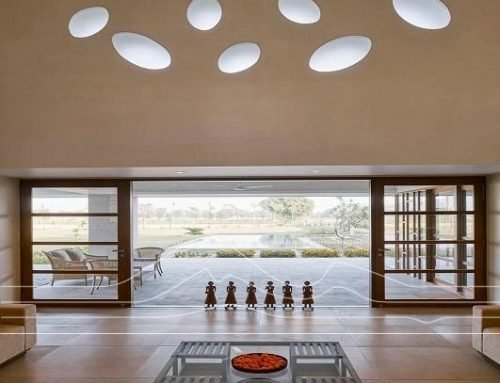The Indian subcontinent has been a cradle for rocks formed in the earliest geologic period, the Cambrian era, over 500 million years ago. These rocks have been of great economic importance in the construction industry as they are some of the strongest on earth. The attributes of these natural formations have been recognized by architects all over the world, who prefer natural stone slabs quarried from India for durability and strength.
Indian is one of the leading commercial producers of natural stone, with a vast variety available for different usages. India contributes almost 27% of the world’s production of natural stone from its widely spread quarries. Reports indicate that India’s natural stone deposits add up to nearly 1700 million cubic meter, encompassing marble, granite, sandstone, limestone, basalt and slate as major contributors. The demand for natural stones from India has seen a rapid increase, thanks to some of the intrinsic features. Apart from the aesthetic beauty associated with them, there are some specific qualities that make them all the more functional. For example, sandstone and granite are used widely for their comprehensive strength. Some qualities of granite like durability give it preference in architectural ornamental works. In the same way, marble is an effective corrosion and germs repellent and widely used in homes. Limestone, quartzite, granite and mosaic have their own specific qualities that make them a feasible option for architects for various usages.
Some of the key Indian stones include:
Sandstone
A large part of the sandstone quarrying and production is done in Rajasthan, where different colours and patterns of this durable stone can be found. Durability and low porosity are two of the main features why Indian sandstone is considered ideal for pathways, driveways, hard landscaping, swimming pools, staircases and any surface that needs a hardwearing option, with low maintenance. A variety of colours like grey, beige and even red makes Indian sandstone an excellent choice.

Limestone
Both Rajasthan and the southern states of Telangana and Andhra Pradesh are key producers of limestone in India. Exterior pavings, patios, pathways and some interior applications are synonymous with the use of limestone, as it is a hardwearing as well as an aesthetic stone, which can be further fortified with the help of different finishes.
Granite
Almost 25% of the world’s granite deposits are found in India. It is a naturally occurring rock, that has medium to coarse grains. The mineralogy of granite defines its exquisite colours ranging from pink to grey, including a range of almost 200 shades. Granite is one of the hardiest natural stone options and is often used in countertops and even flooring.
Basalt
Basalt is an igneous rock, which has fine grains and is most often found in a dark grey form. High dimensional stability makes it a top choice for paving applications. It is often integrated with concrete and road metals as well. Retaining walls, stylised indoor applications and driveways and paving are common uses for housing spaces..
Marble
Marble is one of the most versatile and easily available natural stones in India. Decades ago, it was looked upon as a luxurious material (and still is), but the wide range, ease of availability and affordability has made marble more universally accepted and used. Rajasthan is one of the key regions in India that producers popular marble varieties like Makrana, Andhi, Rajnagar, Ambaji, Abu Black, Katni and Indian green, which have a wide range of usage. Flooring, statement pieces, countertops and stairways are some of the usages of Indian marble.
India offers a wide spectrum of natural stones, that have a range of application in usage as a building material.




Leave A Comment